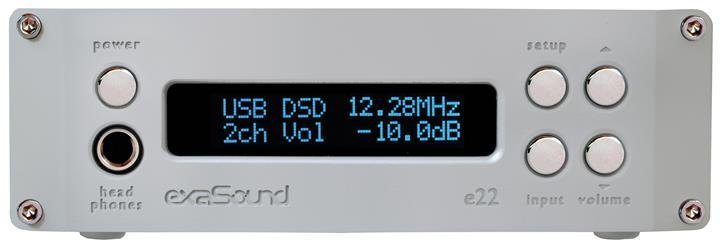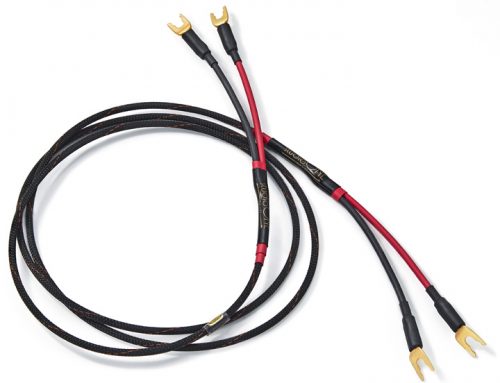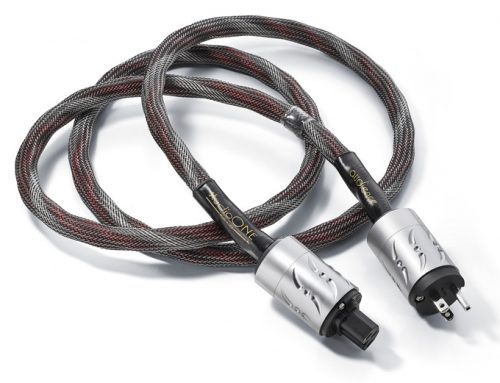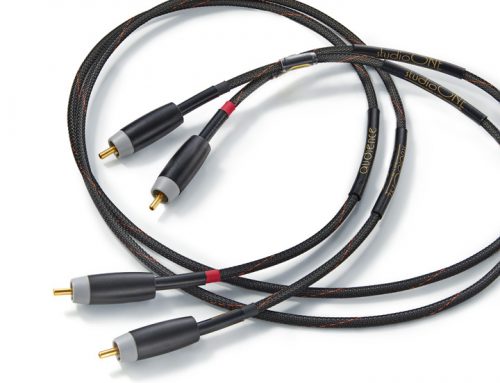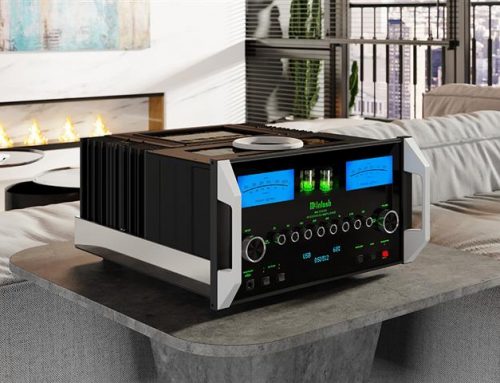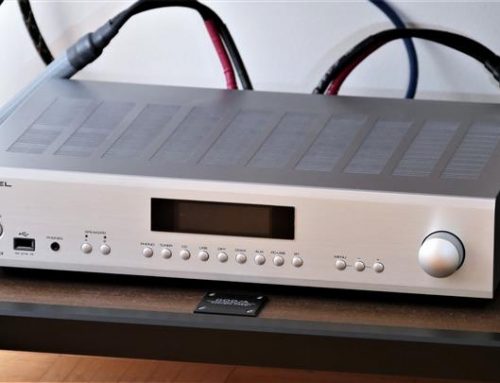The story of exaSound Audio Design is an inspiring one – the company was born when electronics engineers, software developers, musicians and entrepreneurs got together and decided to pursue their passion for music. This Canadian company focuses exclusively on building the finest digital-to-analog converters (DACs) for the digital audio world that has so firmly captured music lovers. All exaSound hardware and software is designed and hand-built at its Toronto, Ontario facility.
I first met George Klissarov, the president of exaSound Audio Design, at TAVES in 2013. He was performing a seminar about digital audio in his show room, of course using one of his digital to analog converters. I was impressed with the sound, and more importantly I saw someone who’s trying to make a positive contribution to the audio industry. The reason I say this is simple – exaSound is focused primarily on sound quality. The fun part of the quest of finding your perfect system is learning the balance between what contributes to better sound, and what contributes simply to a higher price.
exaSound’s mission is to bring uncompromised sound to audio systems and music enthusiasts. While at $3,499 its newest DSD-capable e22 DAC isn’t exactly inexpensive equipment, it intends to compete with more expensive competitors. There aren’t many DSD-capable DAC’s under the $2,000 price point, and in this league the competition climbs beyond $9,000. All exaSound products are designed and built in Toronto, Ontario (Canada).
One of the most obvious design traits of the e22 DAC is that its chassis is about 1/3 the width of a conventional component, and it’s intentionally a simple looking unit. This is done to save resources that can be applied to improve sound quality. The chassis is made out of aluminum and feels sturdy. The buttons have a reliable feel, firmly clicking with a short and precise pop, like military grade buttons. The e22 has a cool blue display that shows the file types, sample rates, inputs, and volume.
One of the primary internal components in a DAC is its chipset. exaSound uses ESS Sabre’s flagship 9018 chipset at the heart of the operation. It does PCM sample rates from 44,100 Hz to 384,000 Hz, and bitrates from 16 to 32 bit, and also plays the latest DSD files from 2.822 to 12.288 MHz. High resolution files are becoming increasingly available, and the highest sample rates are now also coming out, so the e22 will stay current for quite some time.
To reduce noise, the e22 comes with an external power supply, and internally there are 11 power filtering stages for the specific needs of various internal components. Inputs include a single USB and two S/PDIF: coaxial and optical. Timing the audio signal and reducing jitter, are 3 oscillators timing the audio bits that are accurate to 0.082 ps (1 ps = 1 trillionth of a second). Outputs consists of gold plated XLR and RCA audio outputs, a headphone output with a dedicated internal amplifier and a 12V trigger for another device.
exaSound provides its own custom ASIO software driver with the e22. This software essentially allows a proper “handshake” between your computer’s operating system (Windows or OS X) and the e22. There were a few settings to change with the JRiver Media Center computer playback software, but once it was set up, I could seamlessly play any PCM or DSD file back to back. Firmware and software drivers are one area that can be overlooked when choosing a DAC, so it’s worth looking into how well it will integrate with your computer and audio system. exaSound has evolved with its firmware and software with their latest e22, which improves reliability and sound quality. The e22 offers volume control, and the ASIO driver doesn’t use bits to reduce volume, ensuring full sound quality at all volume levels. To achieve the cleanest signal path, one could connect the e22 directly to a power amplifier.

